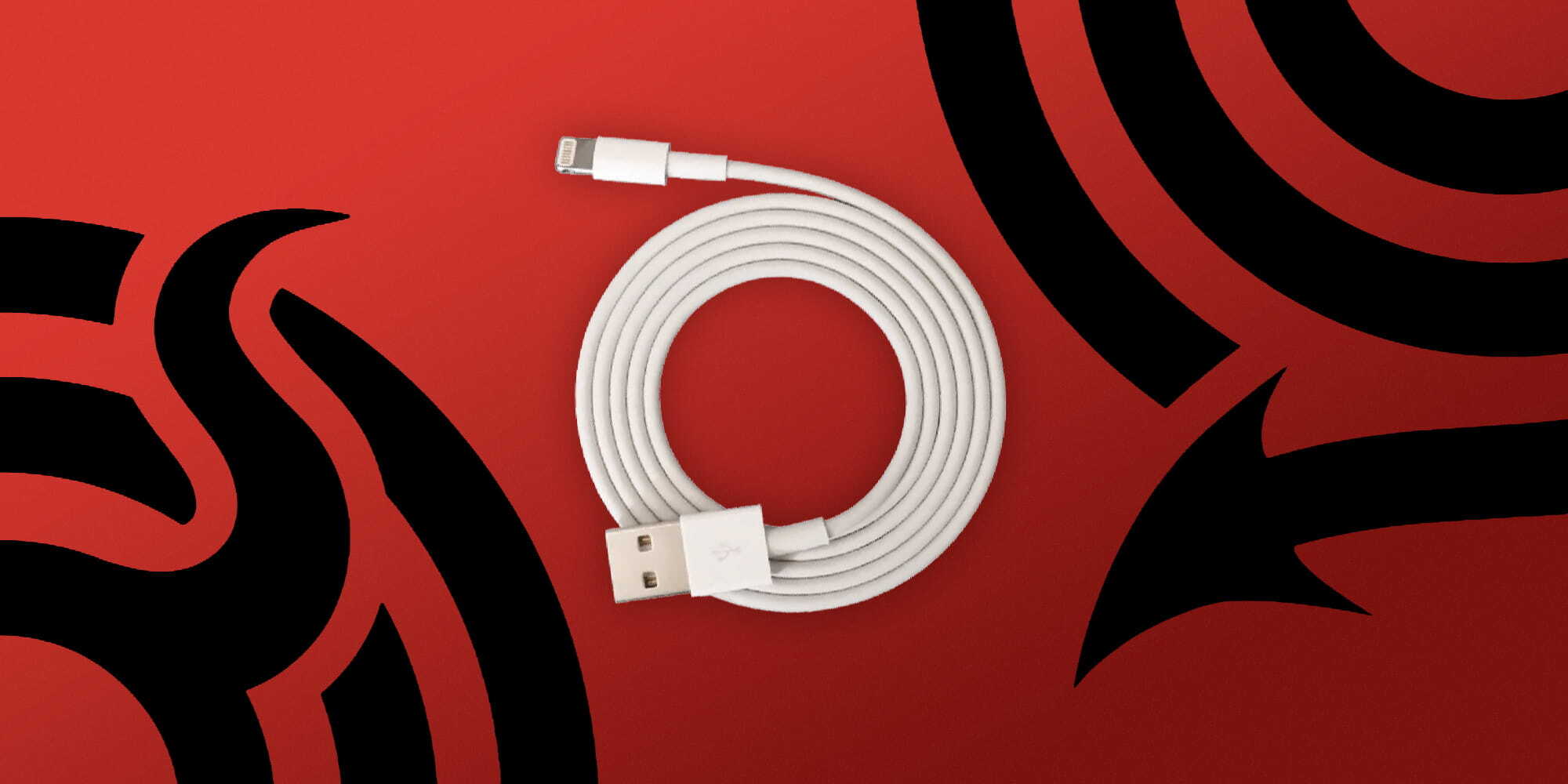
Juice jacking has become more and more prevalent in the last several years to the point where the FBI is now warning the public about it. But is juice jacking something iPhone owners need to be concerned about? Let’s look at how it can affect iPhone, three ways to prevent iPhone juice jacking, and more.
Juice jacking is when hackers install malicious code or cables in public USB chargers at places like malls, hotels, and airports to read and steal data from mobile devices and even track them. It’s become such a problem that the FBI just warned to “avoid using free charging stations in airports, hotels, or shopping centers.”
Table of contents
How juice jacking can affect iPhones
While security flaws can and do happen with any device, including Apple’s products, iPhone and iPad are generally more secure against juice jacking attacks than Android smartphones and other devices. But it’s important to remember, they’re not immune.
iPhone’s built-in protection
One of the main security features that can help prevent juice jacking is the “Trust this Computer?” prompt when an external device – or malicious cable/code – is asking to access data on your iPhone or iPad.
How iPhone can be compromised
However, one simple way iPhones could be compromised is a user thoughtlessly or accidentally tapping “Trust” when connected to a public charger.
And it’s always possible hackers could discover a vulnerability to bypass the “Trust this Computer?” iOS security feature.
Malicious Lightning cables

While most instances of juice jacking are likely to use lower-cost methods, there are products like the O.MG Elite Cable that can compromise iPhone, iPad, Mac, and more. It costs as little as $200.
While that’s an incredible drop from older similar hacking tools that used to cost $20,000, $200 per cable is still more than many hackers may want to spend on juice jacking.
3 easy ways to prevent iPhone juice jacking
Beyond the built-in iOS security and staying aware, there are two super-easy ways to fully prevent juice jacking with iPhone or any other device. If you need to charge in a public space:
- Use your own power adapter, charging cable, and a standard wall outlet
- Use a portable battery or battery case
- There are adapters like Databloc that prevent juice jacking, but it’s probably ideal for most to put the money into a nice portable battery for more flexibility and convenience
Read more 9to5Mac tutorials:
- Do’s and don’ts for cleaning your dirty iPhone (and why you should make it a habit)
- As 5G home internet continues to expand, here’s how to check availability in your area
- How to turn off iPhone WiFi auto-join for public and carrier networks
- Mac: How to clear the cache, history, and cookies in Safari
FTC: We use income earning auto affiliate links. More.





Comments